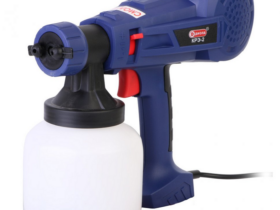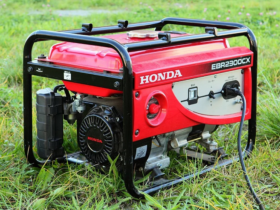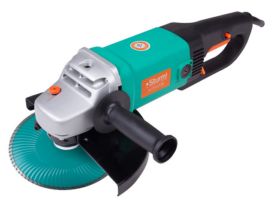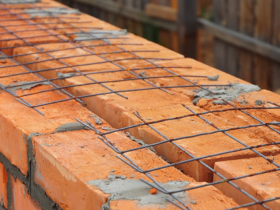During the installation of tiles, it is likely to deviate the plane from the vertical. Such options are very often found in old buildings, in which the walls are in a terribly unsatisfactory condition due to their service life. Some owners of such apartments in despair come to the conclusion that such walls must be completely demolished. In the case when such walls are not supporting, and do not provide constructive reliability of the entire building. But this process is quite laborious, and very costly, given the cost of the material necessary to rebuild the new wall.
Tile work is primarily dependent on straight angles and vertical laying. It is almost impossible to achieve such a picture in the old rooms, or let’s say softer: it is very difficult. And non -compliance with such requirements will lead to subsequent peeling of tiles.
To solve such a problem, you can connect a sheet of gypsum cardboard, which in the end when laying will increase the finishing layer. Such gluing is not something new in building technologies.
Tile glue is applied to the wall surface, and then a sheet of gypsum cardboard is pressed to the surface and is reached by a vertical in level, with a light tapping along the entire plane with a rubber clay. Such an operation ends with the fastening of such a sheet to the surface of the wall with special screws. Such an operation is performed using an ordinary curly screwdriver, popularly with the designation of a “cross”, or it is likely to use an electric screwdriver for such purposes, working at low speeds.






